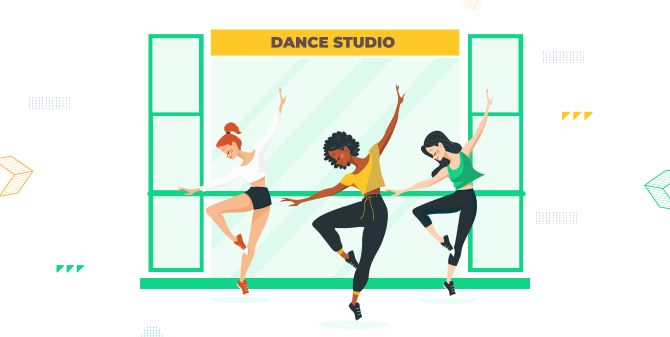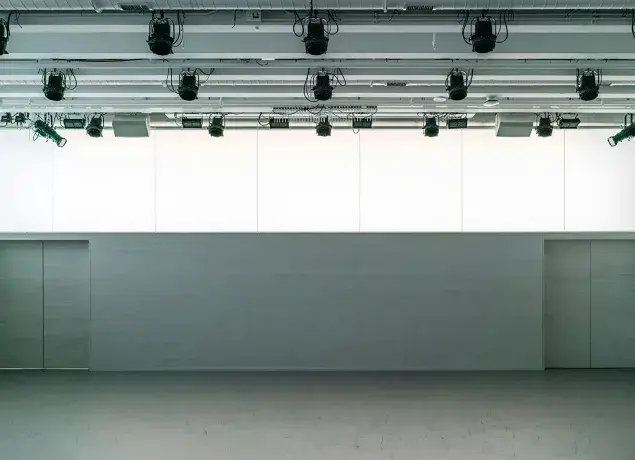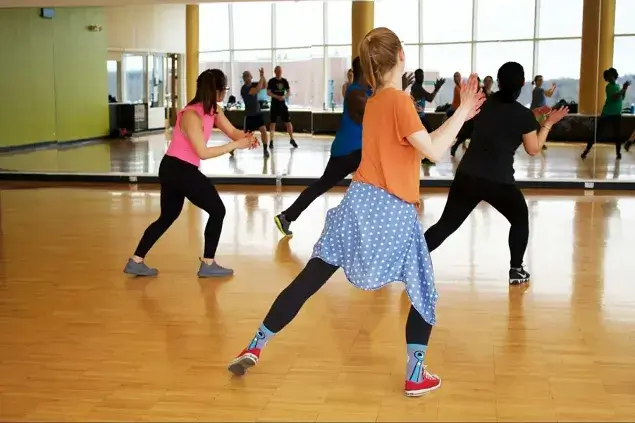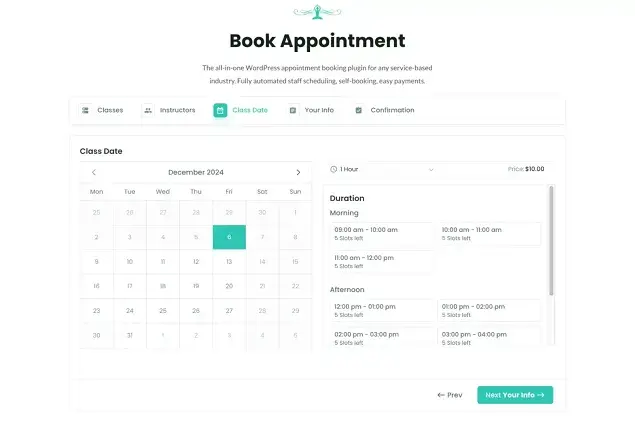How to Start Dance Studio Business: Dance Studio Business Plan

Setting and achieving goals is one of the main skills required of a business owner. Creating a working business plan is such a task to begin with.
There is no one universal dance studio business plan you can apply. However, following the main principles of creating one will help you build a great starting point. Are you ready to start a profitable dance studio business? We are now here to help you understand the main principles!
Dance studio location

Your dance studio business plan must have a location included, with the rent costs calculated.
But keep in mind that a dance studio location is not the only thing you need to understand to calculate expenses. Consider including the following things in your business plan:
- Factor in the cost of rent and utilities when budgeting.
- Consider the space available for different dance styles.
- Necessary equipment and props for each style.
- Studio renovation costs before launch.
- Administrative areas.
Create a list of dance classes

Want to choose styles for your studio that you’re passionate about? Or, probably have experience teaching? If you are doing it solo, this might be the only way – offer classes you truly specialize in.
If you, however, want to hire a staff, there are some more jobs to identify popular styles that can bring you more students simply because they have already earned some reputation.
- Hip-hop
- Contemporary
- Modern
- Ballroom
- Salsa
- Tango
- Swing
- Breakdance
- Zumba
- Flamenco
- Folk dance
The math is really simple – the most popular styles will bring you more money. Keep an eye on emerging dance trends to understand which styles can be most profitable in your case.
Studio equipment

What types of equipment are you going to provide? Of course, the answers to these questions are related to the dance styles, classes, and techniques you are going to teach. We will list some of the most common equipment you need to check out prices and include them into your dance studio business plan.
- Mirrors
- Dance floor
- Barre
- Studio lighting
- Sound system
- Sprung floor
- Costumes
- Props
- Recording systems
- Stage equipment
Find the right staff
Creating a profitable studio highly depends on the skills, experience, and personality of your teachers. In addition to a favorable location, a skilled team will differentiate your studio from others in the region.
It’s the best strategy to include teachers with various specialties (e.g., ballet, hip-hop, ballroom, contemporary) to attract more clients. Another good tactic is to scout for experienced local professionals or recent graduates from dance programs in nearby universities or art schools.
It’s always important to think about possible training program expenses in advance. This will help you provide regular training on effective teaching methods, including how to work with beginners or advanced students.
Organize administration work

It might sound trivial yet is a very important thing. You can create many processes that will highly remove the administrative burden of managing your dance studio.
For example, you can use scheduling software for class bookings and calendar management, automated email reminders for upcoming classes, and events, and managing student participation.
What are other ways to take care of the resources and processes?
- Automated cancel, reschedule, or book additional classes options (normally with website software).
- Digital profiles for profiles, payments, and progress tracking.
- Cloud storage to organize choreography videos, music files, and costume inventory.
- Project management tools for instructors and staff.
- A shared digital calendar for instructors.
- Automate payrolls.
- Streamline instructor onboarding with digital contracts and training materials.
Offer a variety of class types
In addition to a variety of class styles, offer the flexibility of class attendance to cover more cases and meet more needs of your students.
Consider various class types that you can offer and differentiate by rates. For example, you can try to categorize your lessons by:
- Beginner classes
- Advanced training
- Masterclasses
- Private lessons
- Group sessions
- Drop-in classes
If you want to feature even more options and build more revenue streams, consider whether your studio can cover workshop series, intensive programs, audition preps, kids’ classes, and adult classes.
Moreover, it’s important to ensure that your students can order any of the available options the easy way. For example, you may sell beginner class memberships as digital products on your site and also offer one-time or recurring bookings for private lessons or drop-in classes. Check out more scheduling hacks.
Go online with the website and software

You can’t build a dance studio brand without a website. It will improve all the aspects of the studio-client relationships in the first place. So we highly recommend including website development costs into your plans.
On your dance studio website, a class scheduling software will do many jobs, such as:
- Enable clients to self-schedule any types of classes.
- Generate more revenue with marketing tools.
- Speed up communication with automated follow-ups and reminders.
With WordPress, the most popular site builder in the world, you can do many things for quite an affordable cost, including an option to develop a user-friendly website with clear navigation for class schedules, pricing, and events.
Use automated scheduling software like BookingPress for WordPress to integrate advanced yet user-friendly booking software.
What can you achieve with BookingPress?
- Any flexible lesson pricing and limit the number of students per appointment.
- Automated scheduling on your site.
- Online payment methods are integrated for collecting upfront costs.
- Flexible lesson duration choice by a customer.
- Manage all classes, payments, and students in one site dashboard.
Business certification
Certifications help you make your dance studio business more professional and reliable. That’s why we highly recommend to check out the following licenses:
- Music licensing.
- Child safety certifications.
- Property insurance.
- Dance-specific certifications (dance instructor, fitness instructor, first aid).
- Fire department safety standards.
Marketing tips

How to attract the right type of students based on the type of dances and services that you provide? Marketing plays a key role.
- Focus on building a stand-out studio space, not just the next one in the neighborhood.
- Streamline the booking options and membership purchases for customers using the software.
- Have student retention strategies in place and always think about how to return the existing students.
- Think of the additional revenue streams (workshops, meetings, rental equipment).
- Send personalized updates or promotions to students using apps and software.
- Embrace email marketing platforms to design and send newsletters.
Conclusion on Creating a Dance Studio Business Plan
Developing a studio space as a revenue stream means managing dozens of aspects. To start, you need to have a clear vision and a reliable business plan for your studio. In this case, following these principles might be crucial.
- Understand your vision and target market.
- Calculate all possible expenses for the location and staff.
- Offer a variety of class types.
- Build a powerful website to optimize business administration.
More recommended articles:

Get BookingPress Premium
50+ Premium Addons
20+ Payment Gateways
Plan starts at just $79
Get Premium Now






